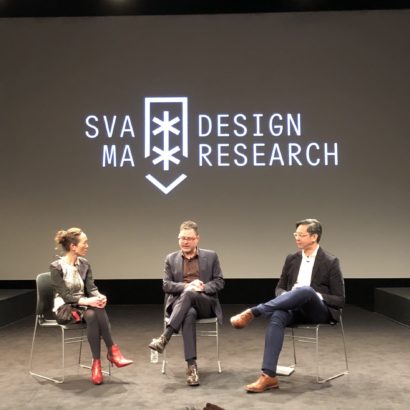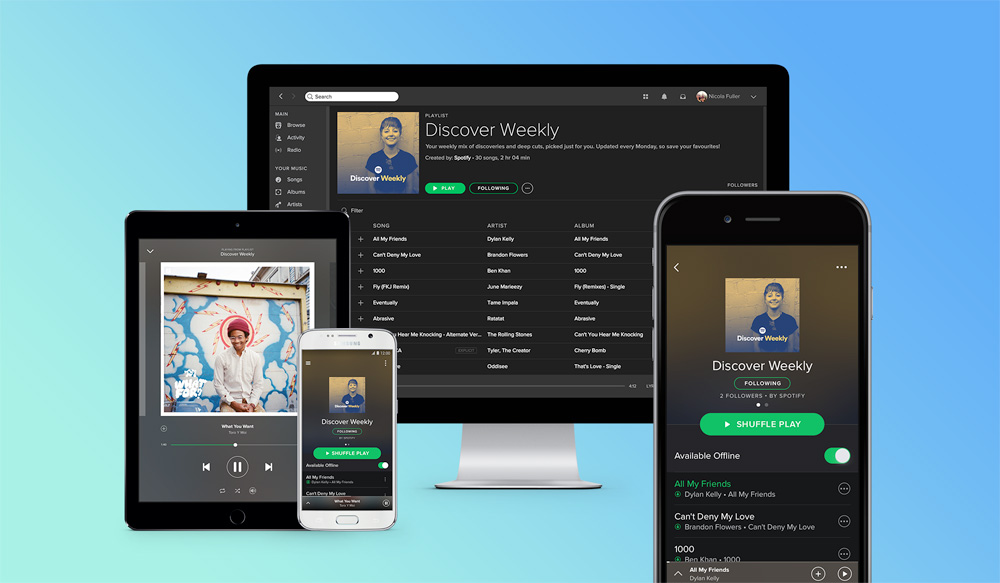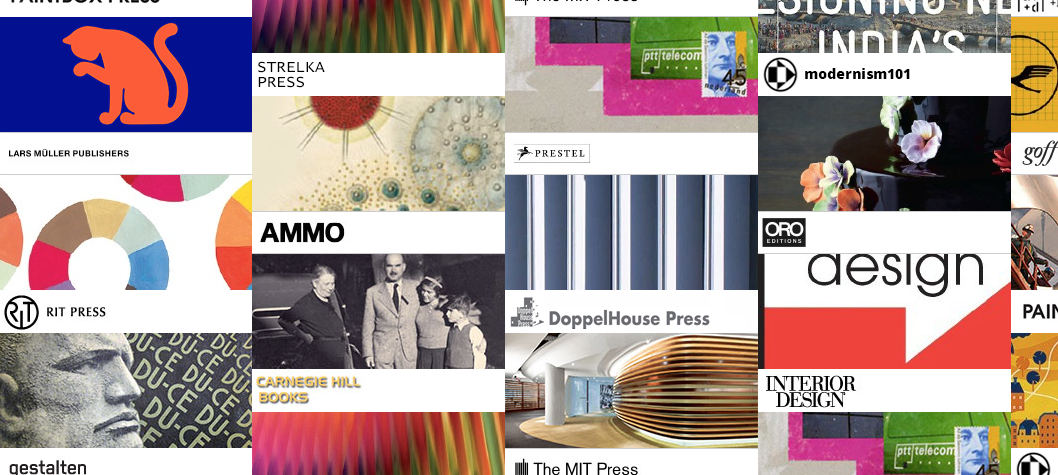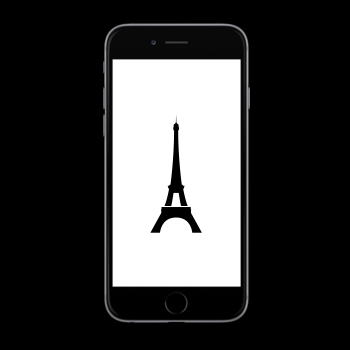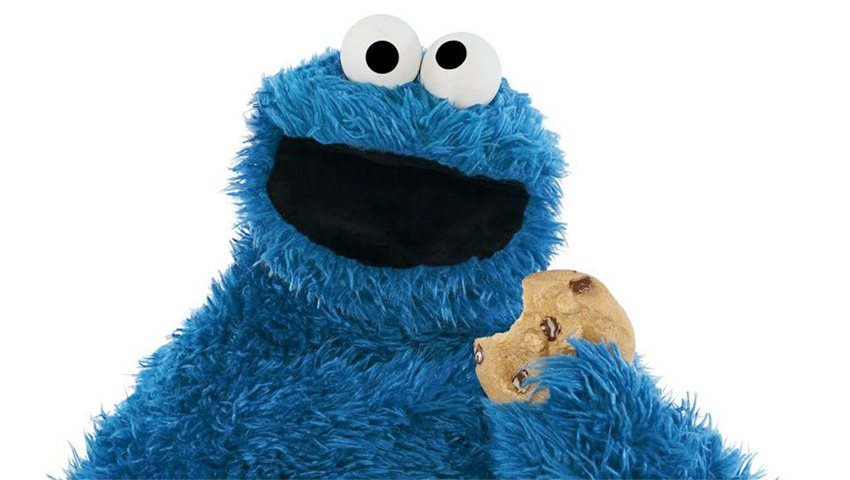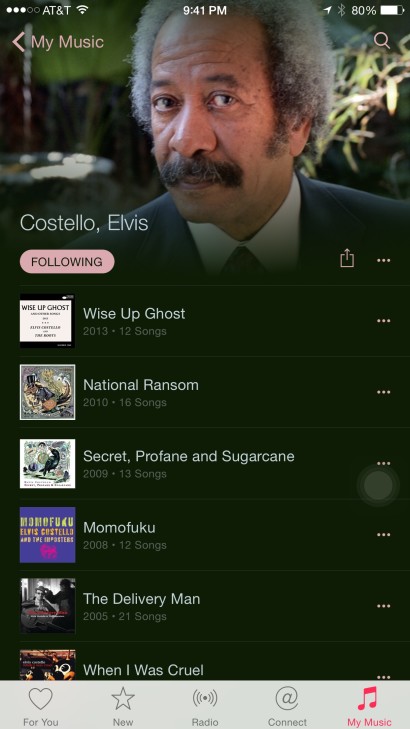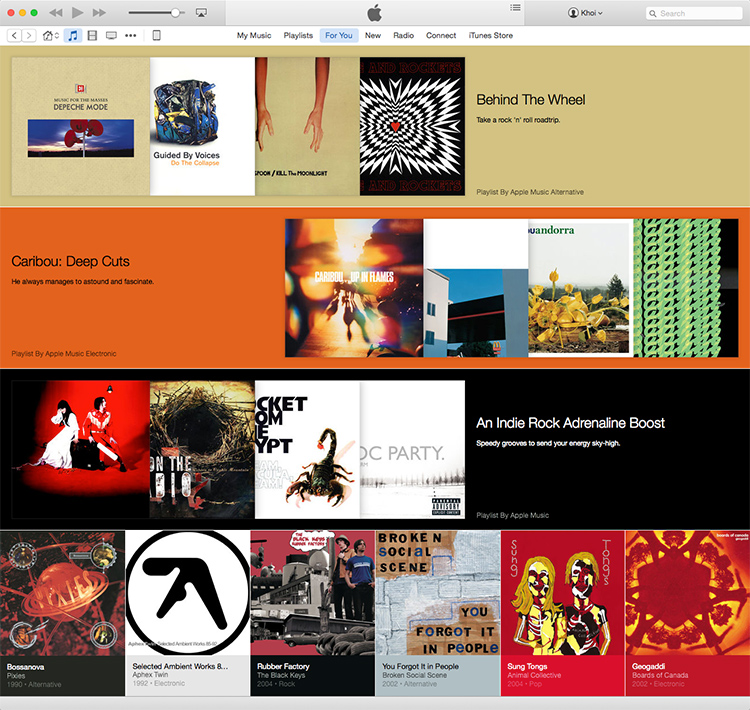What does the Senior Product Designer for Mobile do?
This person will lead the product design and UX for ESPN.com and the ESPN app—roughly eight to ten folks. The complete product design team is about twenty-five people, which doesn’t include front end dev, or web and native dev.
What’s special about this job?
Over the next two years we will be greatly expanding the personalization experience throughout all of our digital properties; surfacing content, scores and alerts around teams; commingling automated, social and curated content in a smart way for small screens; creating more effective, seamless and fun on-boarding flows; and in general making content relevant to the fan appear in smart intuitive ways wherever they are.
The biggest challenge is probably understanding the role and value of design and UX within our very complex ecosystem of content, video, advertising, scores, live events, social, fan behavior, device use cases for sports, marketing, and much much more. I’ve been here four years and I still have a lot to learn!
What kind of designer will thrive in this role?
This is a leadership position, and we are looking for people who have experience leading teams, collaborating across product, technology and content, and driving ideas. We love talented, smart people with smart ideas, but you also need to be able to build trust and effect change. Its a very entrepreneurial company, and we tend to reward people who thrive in that type of environment. It also doesn’t hurt if you like sports. Just saying, we are the Worldwide Leader after all.
So how much do you have to love sports to do this job?
I assume most designers have at least a passing interest in the subject they are designing for, so yes, at least on some level, it helps to like sports, but you don’t have to be a sports junkie, and in some cases it can actually be an advantage when you don’t know something, because you may bring a fresh perspective to solving the problem.
At the end of the day, nobody knows everything there is to know about sports, and it’s not hard to find an endless supply of experts here who are more than happy to share what they know. When I first arrived at ESPN, I had big gaps in my understanding of college football, college basketball, and soccer. I’m still completely clueless about cricket, but those are all just opportunities to learn, which never gets old.
ESPN is located two hours north of New York, in Bristol, CT, which is a bit too far to make for a practical commute. How do you make it worthwhile to candidates to consider moving there?
Work-wise, we involve you at every level of the product design process, and we give you exposure to partners and leaders at every level of the company. We build products as teams, and everyone has a voice in the work the team does. We also care a great deal about quality of life, making sure people have time to spend with families or simply outside of the office. We offer competitive compensation packages, and big discounts to all Disney parks!
Disney (ESPN’s parent) offers relocation support, and we are also within commuting distance of places like Northern Westchester, NY, where I live, so you don’t always have to move to central Connecticut to work here. Other than that, we offer a state-of-the-art daycare on campus, lots of ways to be involved with our communities and outreach programs, and of course, lots of intramural sports leagues!
